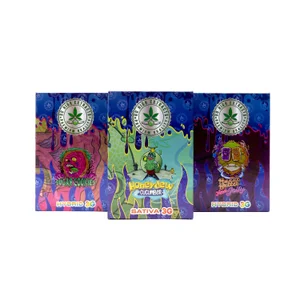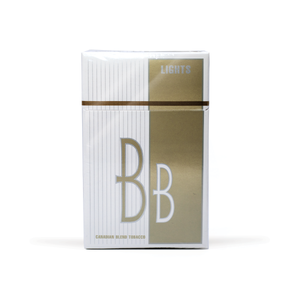Everything that you need to know about water pipes is covered in this Bong 101 Guide. From glass, ceramic and plastic bongs to their diffusers, percolators and clutches.
The bong selection and options were pretty bleak back in the day, you’d probably have to settle for whatever you could find at a flea market or resort to bongineering your own DIY solution. Fast forward a decade or two and now you are simply spoiled rotten by the dazzlingly vast array available for every budget.

Bong Basics
The sweet and short of it is that a bong is a smoking pipe that contains a water chamber through which smoke will bubble to be filtered and cooled. This can vary from tiny lighter sized bongs to massive behemoths that defy lung capacity. The technology is nothing new as this kind of thing has been done for millennia across the globe. What has definitely changed though is the form, functionality and artistry of the modern bong.
Every bong shares the following characteristics:
A mouthpiece – somewhere for you to create the suction required for the piece to function.
A bowl – this is where the cannabis is placed and is where the heat will be applied. For concentrates, this is referred to as a nail or a banger.
A stem – a cylinder that connects the bowl to the main body of the bowl. The stem is always angled downwards.
The chamber – where the magic happens. The chamber is where the smoke (or vapour) will be filtered through the water.
Entry-level products have the most basic of these functions while more premium ones will improve upon these elements by increasing either the bubble diffusion of down-stems or adding additional chambers for water and smoke to percolate further before being inhaled.
The following are features often appear on bongs but aren’t strictly necessary:
A carb hole – this is a hole that needs to be covered (put your finger over it) in order for the bong to function. Once you’re happy with the size of your hit, remove your finger and clear the bong. Pieces that don’t feature carb holes can be operated in a similar manner by removing the bowl from the stem.
A percolator – these are a series of small holes or channels that reduce the size of the bubbles coming up through the bong. This feature cools the smoke faster as it creates more surface area interacting with the water.
Ice pinch – grooves or protrusions in the neck of the bong that allows ice to be held above the water. This cools the smoke and produces a cooler hit.
Common Types of Bongs
Straight tube – probably the simplest type of bong you’ll find. A straight glass tube usually comes with a removable stem.
Beaker – very similar to a straight tube but flares out the base letting you use more water. Beakers will be more stable than a straight tube due to the wider base.
Bubbler – typically the smallest and simplest style of the bong. Bubblers are almost always a single piece and cannot be taken apart.
Klein – refers to a relatively new style of bong that shares its name with the rather mind-bending bottle first described by Felix Klein in 1882. While the design takes inspiration from Klein’s single surface 3D shape.
Fab Egg – This style of the bong has a unique double-walled chamber that is hollow in the centre. As a result, the smoke is percolated in a unique way. Though the design is more about aesthetics than function.

Glass vs Ceramic vs Plastic vs Wood vs Silicone
Glass, ceramic, plastic, wood and silicone are the predominant materials used in today’s bongs. Plastic and wood are reserved mostly for lower-end products, while ceramic and silicone are becoming increasingly popular mid-range options due to being a happy balance between quality and affordability. The higher quality options on the market are made from laboratory-grade borosilicate glass and typically have more functionality and accessory compatibility than the many cheaper glass options out there. Many canasseurs refuse to let their lips even touch anything other than glass when enjoying a fat bowl of their favourite herb.
How to use a bong
- – Packed your preferred herb into the bowl.
- – Place your mouth on the neck opening and slowly inhale enough to make the water bubble.
- – Ignite the herb with a match, lighter or hemp wick while slowly inhaling.
- – Once you have inhaled sufficient smoke, release the clutch or pull out the bowl so that you can clear the bong of smoke.
- – Exhale!
Cleaning your bong
Some people consider the grime in their bong to be a badge of honour, I am not one of those people. Your bong water should be changed daily in order to prevent mold and other nasty stuff from forming. I suggest warm soapy water for silicone, plastic, wood or ceramic bongs. You can use strong alcohol or acetone to clean the stubborn bits in all glass bongs and then follow up with a soapy rinse.



